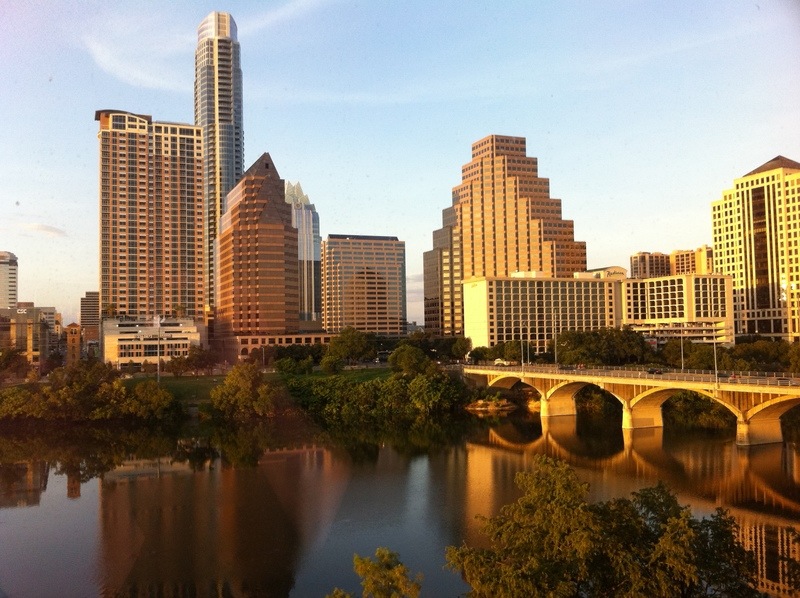
Introduction:
The City of Austin is at the center of a heated debate over proposed zoning changes that could reshape the urban landscape. These changes are aimed at addressing various challenges, including housing affordability, environmental sustainability, and equitable growth. However, as with any complex urban planning issue, there are divergent viewpoints that must be considered.
Viewpoint 1: Supporters of Zoning Changes
Advocates of the zoning changes argue that they are a necessary step towards addressing Austin’s growing housing crisis and promoting equitable urban development. Their key arguments include:
Affordable Housing: Supporters believe that allowing more diverse housing options, including duplexes and triplexes in single-family neighborhoods, will increase the supply of affordable housing. This, in turn, will help combat rising housing costs, making the city more accessible to a wider range of residents.
Environmental Benefits: By encouraging denser development in the city center, proponents claim that the proposed changes could reduce urban sprawl and lower carbon emissions. They argue that more people living closer to work and amenities will lead to a reduced reliance on cars, supporting Austin’s climate goals.
Equitable Growth: Supporters emphasize that current zoning regulations perpetuate racial and economic disparities by limiting housing options in historically underserved communities. They believe that by allowing for more diverse housing types, the city can take a step towards rectifying these imbalances.
Viewpoint 2: Critics of Zoning Changes
Opponents of the zoning changes express concerns about how they may alter Austin’s character and affordability in unintended ways. Their key arguments include:
Neighborhood Character: Critics argue that loosening zoning restrictions will fundamentally alter the character of established neighborhoods. They believe that single-family residential areas should be preserved to maintain the unique charm of Austin’s communities.
Gentrification: There are concerns that zoning changes could inadvertently lead to gentrification, pushing out long-term residents and replacing them with more affluent newcomers. Critics fear that these changes may not benefit the communities they aim to help.
Infrastructure Strain: Detractors raise questions about the potential strain on infrastructure, such as schools and transportation, due to increased population density. They worry that the city is not adequately prepared to accommodate this growth.
Conclusion:
The City of Austin’s proposed zoning changes have generated a passionate debate, with valid points on both sides. Supporters argue that these changes are essential for addressing pressing issues like housing affordability, while opponents fear that they may lead to unintended consequences like gentrification and neighborhood character alteration. Ultimately, the fate of Austin’s urban landscape lies in the balance between these two perspectives, and the decisions made will undoubtedly have far-reaching effects on the city’s future. Balancing growth, preservation, and equity will be a challenging task for Austin’s leaders in the coming years.